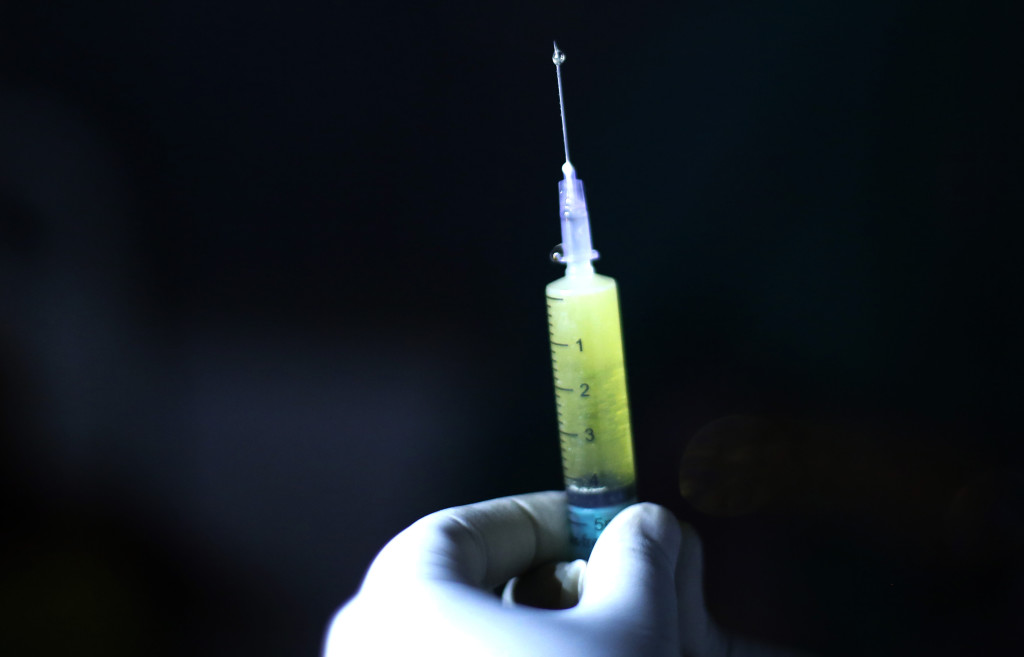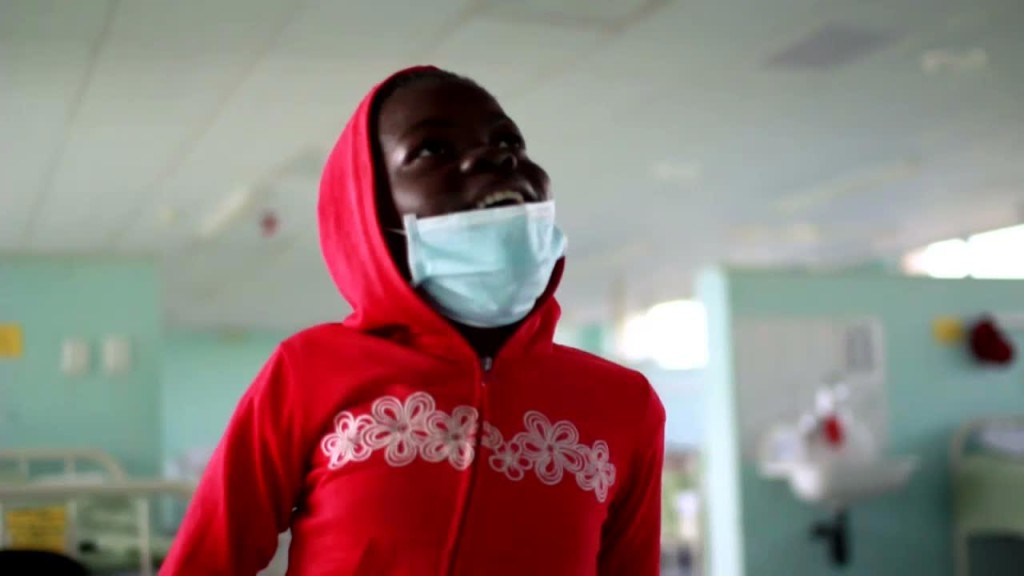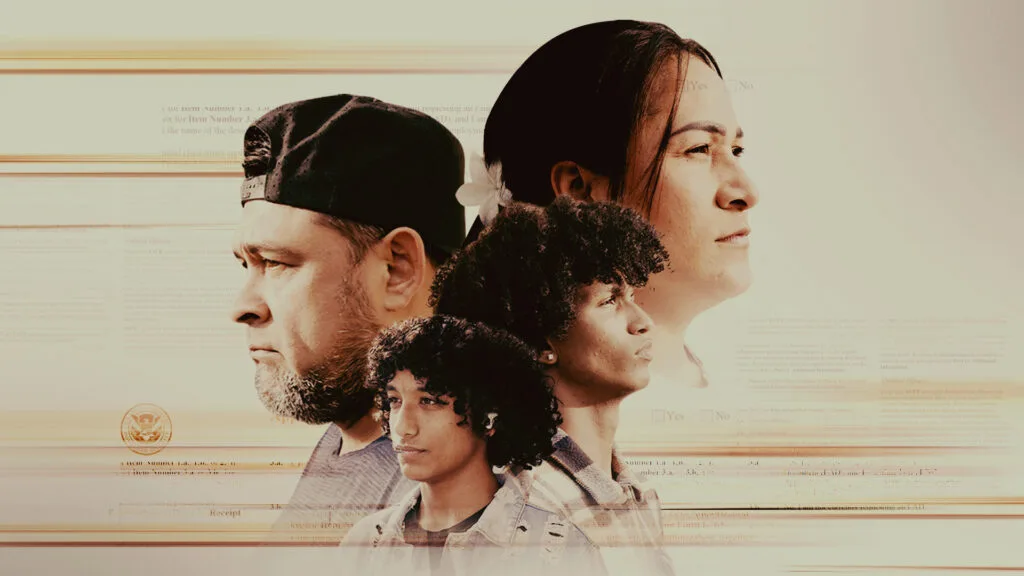What’s the TB Threat in the U.S.?

March 25, 2014
Share
In 1989 American health officials set an ambitious goal for the nation: the eradication of tuberculosis by the year 2010. Twenty-five years later, TB continues to pose a risk, but the United States has made major strides in stemming the disease’s spread. Is eradication feasible? Here is a brief snapshot of where things stand:
TB infections have reached an all-time low in the U.S.
Since hitting a peak of 26,673 TB cases in 1992, the U.S. has seen the number of new cases drop every year for the last 21 years. TB infections fell to a new low in 2013, with 9,588 new cases reported to the Centers for Disease Control and Prevention.
The majority of infections occurred in just four states
California, Florida, New York and Texas accounted for the more than half of all TB cases in 2013, according to the CDC. Taken together, 4,917, or 51 percent of all TB cases, were found in these four states.
Minorities are bearing the highest burden of infection
Of all ethnic groups, TB has hit the nation’s Asian population the hardest. In 2013, the infection rate among Asians was 18.7 cases per 100,000. That’s more than triple the rate among blacks (5.3 per 100,000) and Hispanics (5.0), and 26 times higher than the rate among whites (0.7).
So are those born outside the U.S.
Foreign-born individuals are also much more likely to contract TB disease than those born in the U.S. Among the foreign-born, the TB rate stood at 15.6 per 100,000 in 2013. For those born domestically, the rate was 1.2 per 100,000.
In all, TB among the foreign-born accounted for 65 percent of all U.S. infections. The majority of cases stemmed from just five countries: China, India, Mexico, the Philippines and Vietnam.
Drug-resistance is rare, but costly when it strikes
The nightmare scenario for public health officials is an outbreak of TB strains that don’t respond to the normal course of treatment for the disease. Multidrug-resistant TB, or MDR-TB, is resistant to at least two of the four main drugs used to treat the disease. Extensively drug-resistant TB (XDR-TB) is even harder to fight.
The good news in the U.S. is that such mutations are rare. In 2012 — the most recent year for which data is available — the CDC confirmed 86 cases of MDR-TB. The agency confirmed just two cases of XDR in 2013. At least one case has been identified this year, in Los Angeles County.
When a TB mutation does strike, treatment can be both grueling and expensive. A typical course of treatment for basic TB can run nine months and cost an average of $17,000. For MDR patients, treatment can stretch as long as 26 months at a cost of $134,000. XDR can take as long as 32 months to treat and cost $430,000.
The side-effects can also be life-altering. Roughly one in five patients treated for drug-resistant TB experience depression or psychosis; another 13 percent of patients face hearing impairment; one-in-10 die during treatment.

Related Documentaries
Latest Documentaries
Related Stories
Related Stories
Policies
Teacher Center
Funding for FRONTLINE is provided through the support of PBS viewers and by the Corporation for Public Broadcasting. Additional funding is provided by the Abrams Foundation; Park Foundation; the John D. and Catherine T. MacArthur Foundation; and the FRONTLINE Journalism Fund with major support from Jon and Jo Ann Hagler on behalf of the Jon L. Hagler Foundation, and additional support from Koo and Patricia Yuen. FRONTLINE is a registered trademark of WGBH Educational Foundation. Web Site Copyright ©1995-2025 WGBH Educational Foundation. PBS is a 501(c)(3) not-for-profit organization.



















